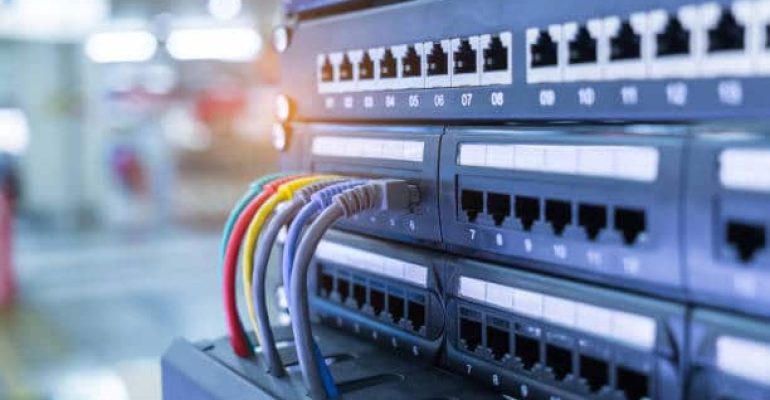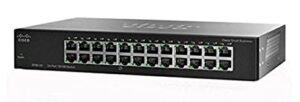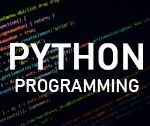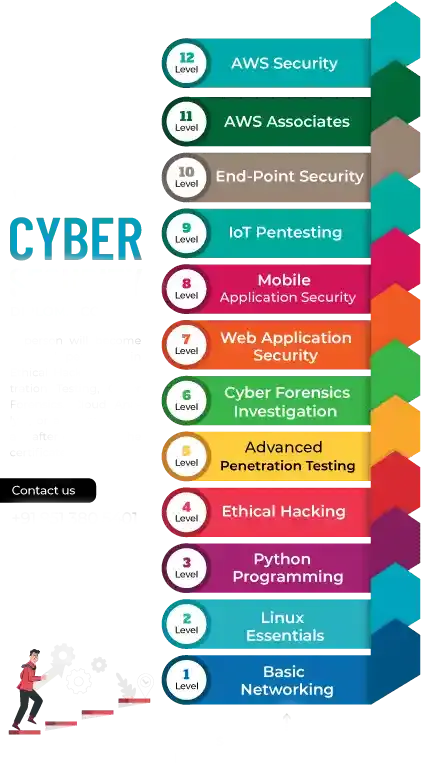Network Switch: Managed vs Unmanaged

Network Switch: Managed vs Unmanaged
Network Switch: Managed vs Unmanaged | Cyber Security
SWITCHING
Introduction
The term ‘Switch’ means to relay or forward something. It is a layer-2 device and so uses MAC address of device to forward frame to correct destination in a LAN.
SWITCH
- MANAGE SWITCH :It can be configured according to the user.
- UNMANAGE SWITCH: It can’t be configured according to the user as it is by-default configured by manufacturer.

M/ANAGE SWITHC
1.Ether Switch :
- The information of MAC address is managed. 9
- It connects more than 1 devices in a LAN.
2. Multi-Layer Switch
- In this if IP address is disabled, MAC address is used, as the name hints.
Roles of Switch
- Learning- MAC addresses are maintained and a table, switching table or bridging table is formed and stored in a memory called, CAM (Content Addressable Memory). The record of receiving interface is also maintained.
- Forwarding-
- By-default the ports of switch are active.
- 1-24 ports are dedicated to fast-ethernet while 2 other ports are giga-fiber ports, called as Uplink port which are used for high data transmission.
- Switch broadcasts a frame to every user it has access to, except for the source IP.
- ARP packet when generated with ICMP packet, first goes to switch, which further broadcasts it. The destination IP, having same IP address as pinged gets the packet while at other devices, the packet gets dropped. After this, the reply packet first returns to the switch and then is unicasted to user device.
- After the way from user to destination is clearly understood, the ICMP packets gets unicasted to destination device.
Rules of Switch
- Switch is able to learn multiple MAC address over an interface, while
- one MAC address can’t be learned over multiple interfaces.
- MAC aging time is of 300 seconds.
- Unknown unicast flooding is used to identify unique MAC address.
- Flooding happens when there is no relevant information present while Broadcast happens when there is relevant information about the destination device.
Protocols
| CDP | LLDP | |
| 1. | Cisco Discovery protocol | Link Layer Discover Protocol |
| 2. | Used to check directly connected devices | Used to check directly connected devices |
| 3. | Layer-2 protocol | Layer-2 protocol |
| 4. | Cisco proprietary protocol | Open standard protocol |
| 5. | Multicast address- 0180.0ccc.cccc | Multicast address- 0180.c200.000e |
| 6. | Hello- 60 sec | 40 sec |
| 7. | Hold- 180 sec | 120 sec |
Commands
- Switchport- Interface that uses MAC address to share information is called as a switchport.
Modes
- Access Mode- It is used to access only one VLAN
- Trunk Mode- It is used to access all VLANs
- VLAN is not physically preset but virtually.
- It is used to separate layer-2 broadcast broad-cast domain.
- Its size is 12 bits (1-4095).
- Standard VLAN- 1-1005
- Extended VLAN– 1006-4095
- VLAN-1 is also known as Default VLAN. It cannot be modified by the user.
- VLAN from 1002-1005 are pre-configured over the switch. These are used to manage the technologies (Token Ring and FDDI- Fiber Distributed Data Interface) of topologies.
Submitted by:
Bindiya Goel

















